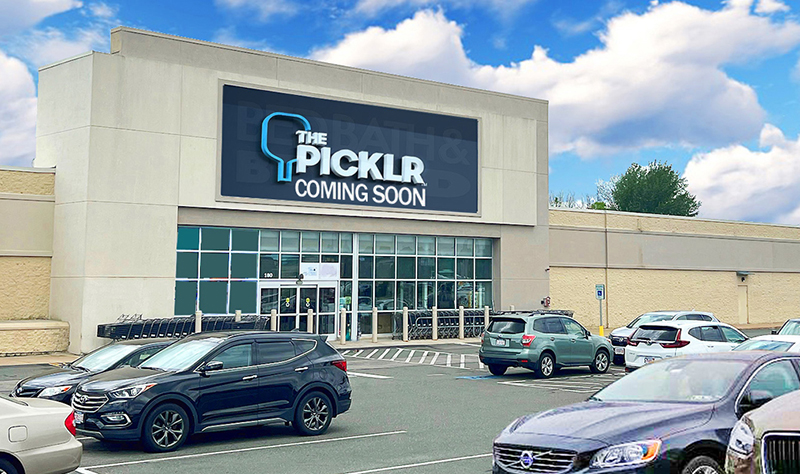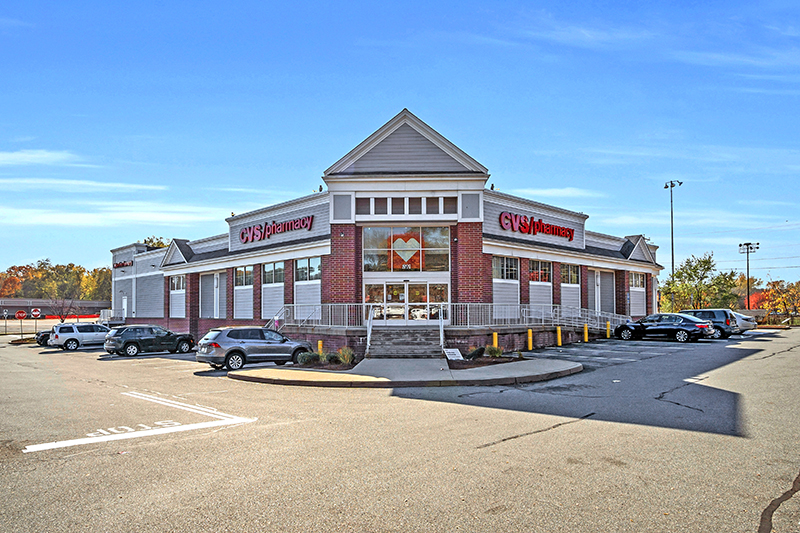News: Retail
Posted: August 25, 2011
Because we represent physical space, we're ideally positioned to connect it to the digital space
Retailers have clearly taken the lead in the adoption of social and digital media tools. American Eagle Outfitters and Gap are just a couple that are pushing new boundaries. Aside from some interesting things happening at shopping centers, retail developers have been slower to join the party.
Why? For one, because retailers have experimented more, there's more case study data out there to determine what's worked and what hasn't resulting in more proven roads for retailers to travel. For those of us on the retail development side, there's no roadmap or toolkit at the ready to use.
Further, we've often wondered whether these new social and digital media tools are the right ones to reach our audience. We'd ask, are people searching for retail space actually using social media to find it? And, if so, is it really the best way to reach them?
I'm pleased to report, over the last year or so, our industry has come a long way. We've replied to the questions above resoundingly in the affirmative, and have quickly adopted new tools and technologies. In fact, SCT News recently reported that retail real estate's use of social media increased 91% in the past year, citing data from research firm Alexander Baggage.
As an industry, we're poised to take advantage of these new digital tools. Think about it: commercial real estate is physical space. For retail, it's open-air shopping centers, malls, community centers, street-level retail, and so on. Outside the home, it's where people do a good deal of their living. It's where they shop, dine, and go to be entertained. Because we represent this physical space, we're ideally positioned to connect it with the digital world. All with a goal of generating more leasing activity and having a positive impact on our businesses.
Another widely reported reason why CRE hadn't adopted digital media sooner was that the tools weren't available. We said that our audience is on the road. They're mobile; we can't reach them with social media. Well, the iPad has changed all of that. The iPad is a tool that has unlocked our industry's imagination and given us a glimpse of what's possible using digital media.
At WS Development, we launched an iPad app this spring. It's one of the ways we're representing our physical space digitally.
We use the app to give a retailer an overview about our company. We can drill down through our portfolio by state to get to a specific center. From there, we can show photos, renderings, aerials, and site plans. And, pinch in to get a better look. The app contains thousands of digital assets that we can instantly email directly to a prospect.
Another way we're connecting the physical and digital space is by using QR codes on our For Lease signs. QR codes are popping up all around us. New York City now requires developers to add QR codes to building permit signage allowing people to get project information on their mobile devices simply by scanning the codes.
Of course, adding QR codes to your signage is the easy part. The key is both what content you provide and where you send people online after they've scanned your code. Be sure to provide more information about the space than what's available to the eye or what prospects can learn simply by reading the sign. Where you can, use photos and video on your mobile landing pages.
And, be sure to use a mobile-optimized web page. It's frustrating when you can't easily view a website from your phone. A mobile-enabled site takes care of that concern. If you don't have the time or resources available to create mobile-enabled sites, direct people to your LoopNet listing, which is a good alternative.
Finally, wherever you direct people online, make it painless for them to reach you. Provide the leasing rep's contact information on the page, so prospects can call directly from their phones, possibly while standing in front of one of your spaces. And, if you think QR codes aren't mainstream enough yet, add a text message option to your signs.
In closing, because we represent physical space, we're ideally positioned to connect it to the digital space. All with a goal of generating increased leasing activity, attracting more great retailers, and having a positive impact on your centers and on your businesses.
David Fleming is marketing director at WS Development, Boston, Mass.
Tags:
Retail
MORE FROM Retail
Mace of KeyPoint Partners negotiates 36,192 s/f lease for The Picklr at Endicott Square
Danvers, MA KeyPoint Partners (KPP) negotiated a lease with the nation’s premier indoor pickleball venue The Picklr at Endicott Sq. Vice president of retail brokerage Don Mace negotiated the transaction on behalf of the landlord.





.jpg)


.png)